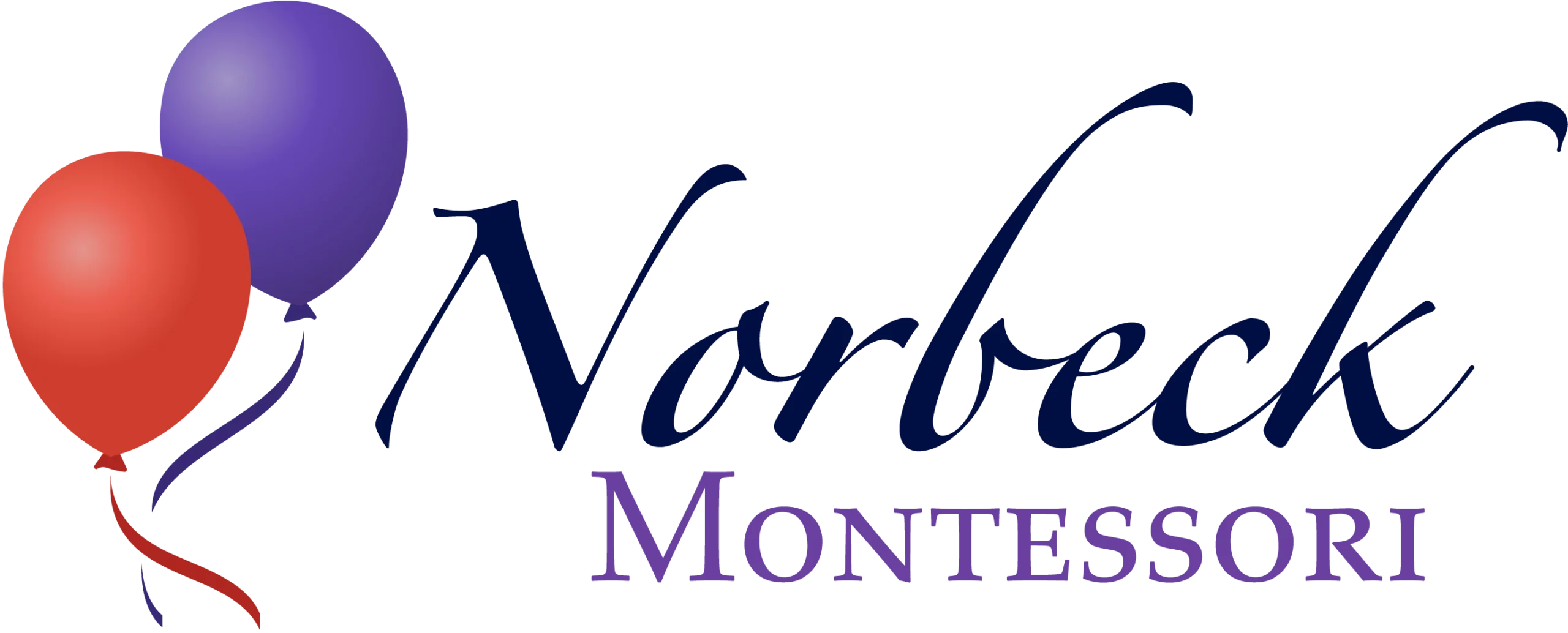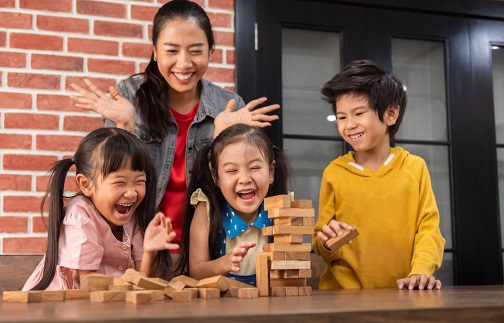 As a parent, you know that the first five years are the most formative years of your child’s life. When it comes to choosing a preschool, many moms and dads analyze all the available data believing that the wrong choice will ruin Billy’s or Susie’s futures. The anxiety is definitely there—but it doesn’t have to be! Research indicates that children in Montessori programs have better academic outcomes. Besides just the research, we want you to comprehensively understand the differences between a “normal” teacher-led education and a Montessori one.
As a parent, you know that the first five years are the most formative years of your child’s life. When it comes to choosing a preschool, many moms and dads analyze all the available data believing that the wrong choice will ruin Billy’s or Susie’s futures. The anxiety is definitely there—but it doesn’t have to be! Research indicates that children in Montessori programs have better academic outcomes. Besides just the research, we want you to comprehensively understand the differences between a “normal” teacher-led education and a Montessori one.
1. Montessori Is Child-Centered Education
The Montessori philosophy’s greatest difference is its emphasis on being child-centered. What does that mean? Children all develop at different paces, and they have different strengths and interests. While in a traditional education every child in the class must follow one path set out by the teacher, a Montessori education follows the individual child’s interests using observation. Read more about this in number four.
2. The Curriculum Is Adaptable
Each child is different. Montessori schools’ flexible curriculum reflects this fact by allowing each child to go at his or her own pace. Each age range (0-3 years, 3-6, 6-9, etc.) has a distinct learning objective that each student is guided toward. Students can choose what lesson they want to learn, and teachers observe students over time to gauge their progress. By contrast, traditional curriculum involves a singular pathway that all students must follow.
3. Organized Décor Calms the Montessori Classroom
In the Montessori preschool classroom, the room is divided into five subject areas: Practical Life, Language, Mathematics, Sensorial Development, and Culture & Sciences. The classroom is organized and uncluttered to avoid distraction and emphasize that this is a learning space. While traditional classrooms use bright colors, posters, and decorations to try and excite children, Montessori classrooms aim to stimulate children’s minds with quality lessons.
4. Montessori Teachers Follow the Children
Rather than preparing a child for the classroom, teachers prepare the classroom for the child. By observing children and taking note of their interests and levels of understanding, Montessori teachers unveil the unique potential in every child. They keep record of improvements, readiness, and subject interests so that they may draw on the information later when preparing the curriculum for the day.
5. Respect & Mindfulness Are Modeled
Teaching children manners and values involves so much more than just teaching them to say “please” and “thank you.” Montessori teachers know that children are always watching them, so they model good behavior to inspire it in their students. Adults in the Montessori philosophy must always act as they want the children to act—respectful and mindful of others’ feelings. Besides modeling good behavior, Montessori teachers also discuss children’s feelings to develop their emotional intelligence. They ask questions that help children learn compassion and empathy. Simply put, “thank you” and “I’m sorry” are not enough for a Montessori child. They must also understand the sincerity behind those words.
6. Montessori Benefits Children with ADHD or Children on the Autism Spectrum
Children with ADHD or children on the autism spectrum thrive in environments with set schedules. Fortunately, while the Montessori curriculum is adaptable, the everyday routine is fairly consistent. Like we mentioned above, the Montessori classroom is more organized and has less distractions than the typical American preschool classroom. Children on the spectrum or with ADHD also benefit from the Montessori philosophy of modeling behavior. Because empathy and social skills are a part of the de facto curriculum, children with autism will be better prepared to interact in social settings.
7. Outdoor Time Is for Learning, Too!
In traditional schools, outdoor time is called “recess” because it is a break from lessons. In the Montessori environment, however, learning should be enjoyable in itself. Rather than seeing outdoor time as an escape from learning, Montessori children will see it as an extension of the classroom. Gardening, outdoor reading areas, and sensory math materials are just a few of the enriching and educational activities children can enjoy outdoors.
8. The Lessons Are Hands-On
Rather than sitting passively during lessons, students take an active role in their education. They have the responsibility to approach the subjects they are interested in, so, by design, they are extremely engaged in the lessons. With Montessori preschool classes, the lessons often consist of physical materials—children can literally be “hands-on” with math and language skills.
9. Interruptions Are Minimal
Because Montessori teachers model respect, they respect a child’s concentration. If a student is deeply engaged in their lesson, teachers allow them to finish what they’re working on. Unlike traditional classrooms where students are directed through each activity regardless of their interest level, Montessori avoids interrupting children’s workflow as much as possible.
10. Montessori Encourages Children to Love Learning
In the traditional classroom, children learn to pass tests. In the Montessori classroom, however, we foster a lifelong love of learning in children so that they enjoy and value their education, especially later in life. The lessons are not mandatory per se. Instead, students are free to approach different topics they most want to learn. Teachers give students choices, so that while they are directed, they have personal autonomy.

